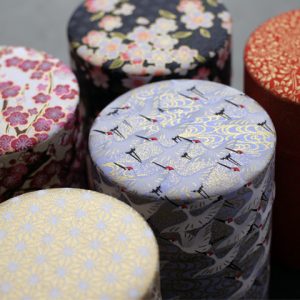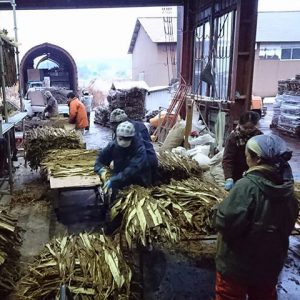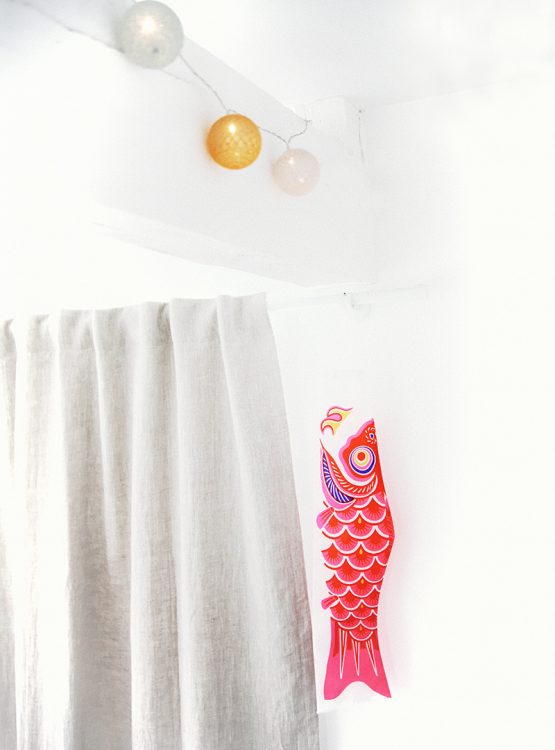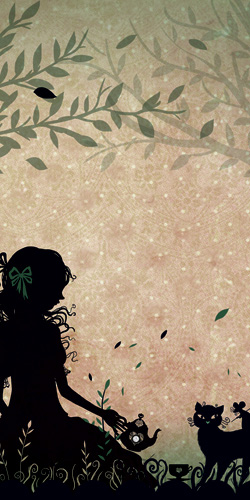For several years now, we’ve been offering a wide range of washi tea caddies in our catalog. But what is this paper that every tea drinker has heard of?
What is washi paper?
Japanese paper, known as washi paper, is of superior quality to traditional Western paper. Indeed, the main characteristic of washi paper is that it can be wetted and brushed (with care, of course). The long fibers that make up the paper also give it excellent strength. Japanese papers have had a special place in Japanese culture for centuries, whether for calligraphy or decoration.
How washi paper is made
In Japan, washi paper is made from the bark fibers of the mulberry tree, or kôzo. The branches are harvested in November. Numerous manipulations are required to recover the fibers from mulberry bark. Here are the various stages involved in extracting the fibers used to make Japanese paper:
- steamed
- dried
- écorchée
- scraped
- sun-bleached
- washed, boiled
- sorted
- hunt
- sheared.
It’s easy to see why washi paper is of such high quality, and why it’s so famous! This process takes 2 to 3 months over the winter, until February. Then, in order to work the paper, a vegetable glue made from the roots of a plant in the hibiscus family is applied. This enables the fibers to remain suspended in the large Japanese paper forming frames, and prevents the fibers from disintegrating as they dry.
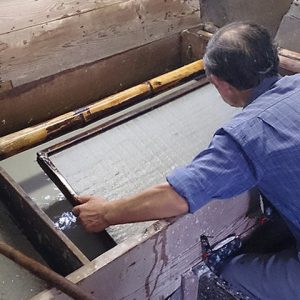
Decorating washi paper
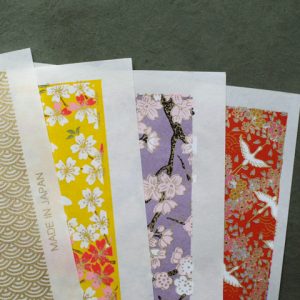
What about our washi tea caddies?
